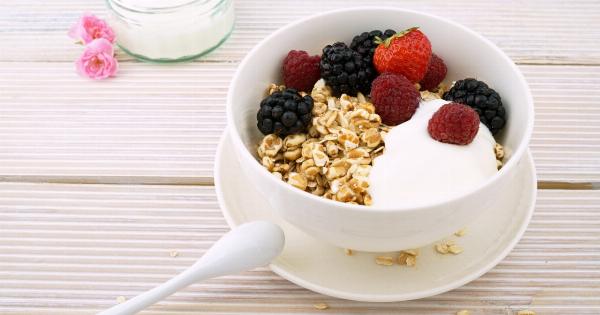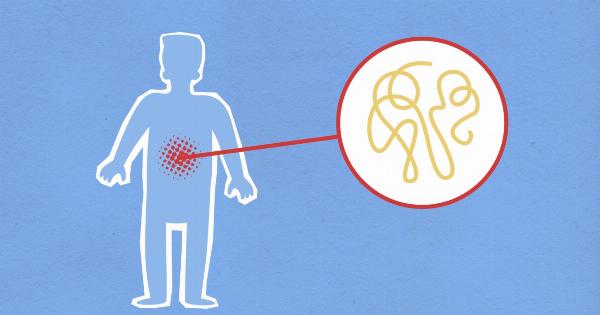Urea is a naturally occurring compound found in many foods, especially those that are high in protein. While small amounts of urea are harmless, high levels of it can be toxic and lead to health complications.
Knowing which foods contain high amounts of urea can help reduce the risk of urea-related health problems.
What is Urea?
Urea, also known as carbamide, is a naturally occurring compound that is produced when the body breaks down proteins. Urea is also found in many foods that are high in protein, such as meat, fish, eggs, and dairy products.
Urea is important in the body because it helps to remove excess nitrogen, which is a waste product that can be toxic if it builds up in the bloodstream.
Why are high levels of Urea dangerous?
While small amounts of urea are harmless, high levels of it can be toxic and lead to health complications. When urea builds up in the bloodstream, it can cause a condition called uremia, which can lead to kidney damage, seizures, coma, and even death.
People with kidney problems are especially at risk for developing high levels of urea in their blood.
Which foods are high in Urea?
Foods that are high in protein are also high in urea. Some of the foods that contain the highest levels of urea include:.
- Red meat, such as beef, pork, and lamb
- Organ meats, such as liver and kidney
- Fish, especially shellfish
- Eggs
- Dairy products, such as cheese and milk
It’s important to note that while these foods are high in urea, they are also important sources of protein and other essential nutrients.
It’s not necessary to avoid these foods altogether, but it’s important to eat them in moderation and to balance them with other foods that are lower in urea.
How can you reduce your Urea intake?
There are several ways that you can reduce your urea intake. Some of the strategies include:.
- Eating more plant-based proteins, such as beans, lentils, and tofu
- Choosing lean cuts of meat and trimming off any visible fat
- Eating fish that is lower in urea, such as salmon, tuna, and cod
- Choosing low-fat dairy products, such as skim milk and low-fat cheese
It’s also important to maintain a healthy diet overall and to drink plenty of water to help flush excess urea out of the body.
What are the symptoms of high Urea levels?
Symptoms of high urea levels can include fatigue, nausea, vomiting, loss of appetite, and an overall feeling of being unwell. In more severe cases, high urea levels can cause headaches, confusion, seizures, and even coma.
If you suspect that you have high urea levels, it’s important to see a doctor as soon as possible.
Conclusion
Urea is a naturally occurring compound found in many foods, especially those that are high in protein. While small amounts of urea are harmless, high levels of it can be toxic and lead to health complications.
Knowing which foods contain high amounts of urea can help reduce the risk of urea-related health problems. By following a balanced diet that includes plenty of fruits, vegetables, and whole grains, and by reducing your intake of foods that are high in urea, you can help protect your health and well-being.


























